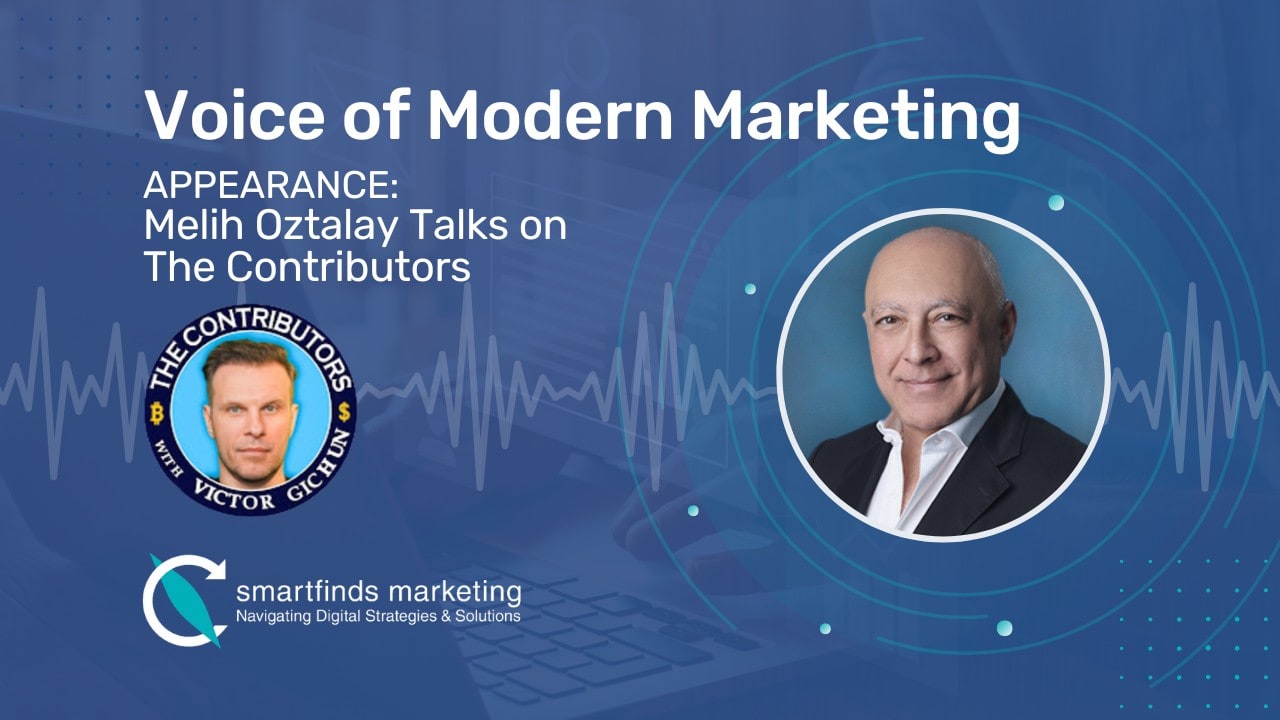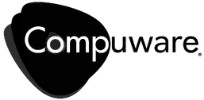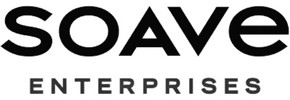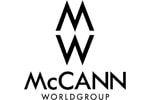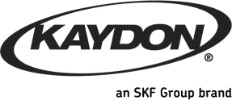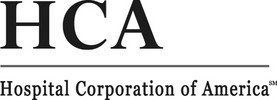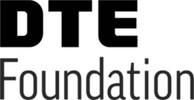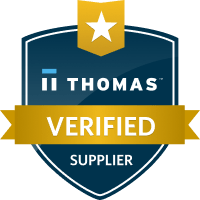
For many mid-market CEOs, the dashboard looks healthy: traffic is steady, form fills are up, and campaign performance reports are trending green. Yet growth remains stubborn. The reason is simple: lead generation alone doesn’t produce revenue. Without executive-level alignment between marketing and sales—strategy, systems, and accountability—those leads won’t convert at the pace or quality needed to hit 2026 targets.
This article breaks down what CEOs must align now—well before Q1 planning—so that marketing investment translates into predictable sales outcomes next year.
Introduction: The Illusion of Lead Generation
Lead gen is comfortable. It’s measurable, scalable, and easy to brief at a board meeting. But if your organization celebrates lead volume without interrogating lead quality, handoffs, pipeline velocity, and win rates, you’re optimizing for activity—not impact. In 2026, the growth advantage will belong to CEOs who insist on marketing and sales alignment across the entire revenue engine, not just top-of-funnel metrics.
True alignment starts with a shift in mindset: marketing’s job is not simply to “fill the funnel,” and sales’ job isn’t to “close whatever comes through.” Both teams own revenue—together. Your role as CEO is to make that shared ownership non-negotiable.
The CEO’s Real Growth Challenge
Even when marketing delivers qualified leads, deals stall for a handful of familiar reasons: unclear ICP/segment definitions, inconsistent qualification criteria, weak handoffs, and disconnected KPIs. Marketing reports on visibility and conversions; sales reports on opportunities and bookings. When these scorecards aren’t integrated, the business loses signal on where money is made—or lost.
The fix is leadership-driven. CEOs must set a single definition of “qualified,” require a shared view of pipeline health, and align incentives so that both teams optimize for the same outcomes. That means standardizing definitions, service-level agreements (SLAs), and governance—not just asking for “better leads.”
Why Alignment Beats Volume
More leads do not equal more revenue. In many organizations, increasing lead volume without alignment actually lowers close rates, strains SDR/AE capacity, and muddies forecasting. The better approach is to tune the system: prioritize segments that convert, refine offers and messaging around buyer pain, and ensure every handoff—from MQL to SQL to Opportunity—has an owner, a timeline, and required data fields.
Think of alignment as a multiplier. When marketing and sales operate from the same narrative, qualification rules, and metrics, your existing demand goes further. Pipeline becomes more predictable, and revenue becomes easier to forecast and scale.
How AI and CRO Reshape Marketing and Sales Alignment
Today’s growth engines rely on data and experimentation. Conversion Rate Optimization (CRO) improves the yield from your current traffic and campaigns—before you spend more to attract the next click. AI and analytics sharpen targeting, help surface buyer intent signals, and personalize journeys at scale.
Alignment is where these capabilities pay off. Marketing enriches leads with context (source, content consumed, fit score, intent indicators). Sales uses that data to tailor outreach, prioritize opportunities, and progress deals through a documented methodology. The result: fewer wasted touches, faster cycles, and higher win rates—without ballooning budgets.
Closing the Marketing and Sales Gap in 2026 with a Measurable Sales Process
Generating qualified lead flow is only half the equation. The other half is a repeatable, measurable sales process that turns demand into revenue. Our Sales Coach helps executive teams build those systems with clear frameworks, coaching, and accountability. That requires stage definitions, exit criteria, and coaching rhythms tied to data—not anecdotes. Ask: Do we have a documented process? Are we instrumented at every stage? Can we forecast with confidence based on current pipeline behavior?
When sales teams use insights from marketing—like lead scoring, buying committee roles, and recent content engagement—outreach becomes more relevant and timing improves. The handoff stops being a “throw over the wall” moment and becomes a smooth progression in a shared system. That’s marketing and sales alignment in practice.
What CEOs Must Align Before 2026
Before increasing budgets or launching new campaigns, CEOs must ensure that marketing and sales are structurally aligned around shared goals. Misalignment between lead generation and revenue execution creates friction, wasted spend, and missed opportunities. A unified growth framework gives both teams clarity on what success looks like—and accountability for achieving it.
- Unified ICP and Qualification Rules: Codify industries, firmographics, problems, and buying triggers. Document what “qualified” means and enforce it in your CRM.
- Shared KPIs and a Single Scorecard: Tie marketing and sales to the same outcomes—pipeline created, conversion by stage, cycle time, win rate, and cost/return by segment.
- CRO First, Then Scale: Improve conversion on existing pages, forms, and offers before increasing spend. Capture, route, and respond to leads faster.
- Sales Methodology + Coaching: Adopt a consistent process with stage exit criteria, regular deal reviews, and manager coaching based on data.
- AI-Supported Personalization: Use buyer intent, account signals, and role-based messaging to prioritize outreach and tailor enablement content.
- Quarterly Executive Alignment: Run joint marketing/sales reviews led by the CEO. Inspect the whole funnel, agree on experiments, and reset targets together.
Alignment isn’t just about meetings or shared dashboards—it’s about people, process, and performance. Our Sales Coach helps companies develop top-performing sales teams that execute this alignment every day through structure, coaching, and consistency. When CEOs drive this integration from the top, they build organizations where marketing generates momentum and sales turn it into measurable growth.
The 2026 Marketing and Sales Alignment Roadmap: From Activity to Impact
As budgets tighten and expectations rise, leaders can’t afford vanity metrics or siloed wins. The companies that outperform in 2026 will operate with clarity: a revenue engine where marketing and sales work as one, every stage is measured, and resources move to what converts.
If your team is already generating leads, the question isn’t “How do we get more?” It’s “How do we convert more of the right ones—faster and at higher value?” That is the work of alignment, and it starts at the top.
Join the CEO Strategy Session on November 5
Want to see how this comes together in practice? Join our CEO Strategy Session led by Melih Oztalay (SmartFinds Marketing) and Ken Cheo (Our Sales Coach): Marketing vs. Sales: Where Should CEOs Invest to Drive Growth in 2026?
You can also RSVP and follow updates on the official LinkedIn Event page.
CEO Strategy Session
Wednesday, November 5, 2025
12:00–1:00 PM EST
Register here
Executive Takeaways for Marketing and Sales Alignment
As CEOs plan for 2026, it’s clear that growth won’t come from lead generation alone. The organizations that win next year will be the ones that unify their marketing and sales engines—creating a seamless handoff from awareness to revenue. Before you scale budgets or teams, alignment must come first.
- Lead generation is necessary—but not sufficient—to hit 2026 growth goals.
- Marketing and sales alignment multiplies the ROI of the demand you already have.
- Prioritize CRO, shared KPIs, and a measurable sales process before increasing spend.
- Make alignment a leadership discipline with quarterly cross-functional reviews.
For CEOs ready to take the next step, alignment starts with leadership conversations and accountability structures that drive change. Connect with Our Sales Coach to explore how executive-led alignment programs can strengthen your sales performance and revenue predictability. It’s time to move beyond lead gen and start building a synchronized, data-driven growth engine for 2026 and beyond.
About SmartFinds Marketing
SmartFinds Marketing is a digital marketing agency established in 1987 and based in Birmingham, MI. The agency helps mid-market and enterprise companies grow through AI-powered marketing, conversion optimization, and data-driven strategy. With a collaborative team that has worked together for over a decade, SmartFinds delivers measurable results in lead generation, SEO, content marketing, and performance analytics. Learn more at smartfindsmarketing.com or connect on LinkedIn.
About Our Sales Coach
<
Our Sales Coach helps business owners, sales managers, and service professionals develop strategic marketing and prospecting plans that produce measurable, predictable growth. Founded in 2006 and based in Braintree, Massachusetts, the firm provides customized sales training, coaching, and consulting to transform average performers into top producers. Led by President Ken Cheo, the company empowers organizations to build repeatable systems that align sales and marketing for sustainable growth. Follow Our Sales Coach on LinkedIn.
Author: Melih Oztalay



